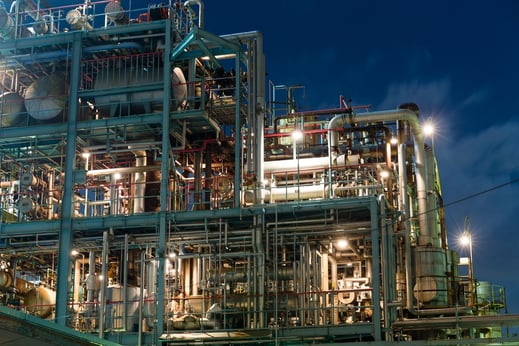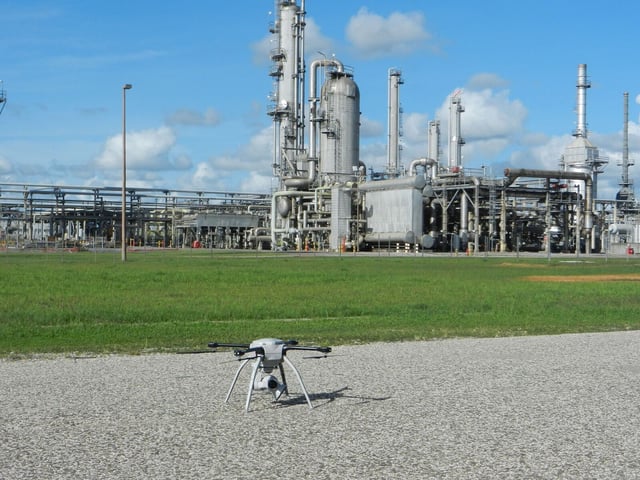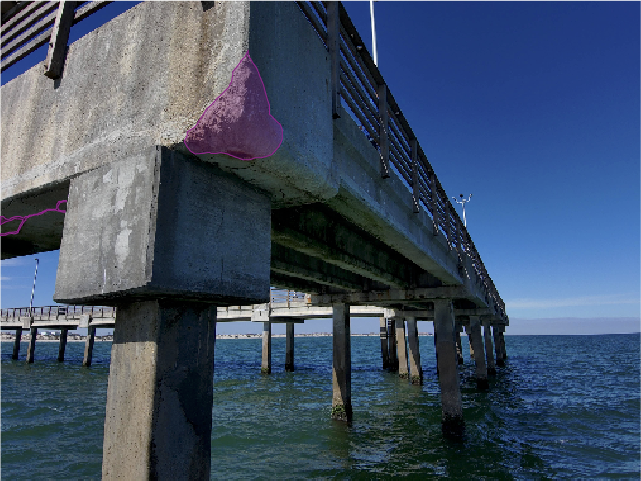
One problem that plagues the oil and gas industry, which costs millions of dollars annually in inspections, and in repair and replacement costs, is CUI (Corrosion Under Insulation).
What is CUI? It is a type of localized corrosion that occurs between the outer surface of a pipeline and the thermally insulating protective material. About 60% of pipeline leaks are caused by CUI.
In this article, we try to answer the following questions:
- Under what conditions does CUI develop?
- What are the consequences of CUI?
- How can CUI be prevented or eliminated?
Under what conditions does CUI develop?
CUI develops rapidly when
- The surface of the pipeline has a coating that is inadequate to prevent or retard corrosion. When the coating is ineffective, water and acidic gasses penetrate the outer surface of the pipeline and becomes absorbed into the insulating material. Under these conditions, corrosion cells develop between the pipe surface and the insulation.
Corrosion growth is accelerated by warm temperatures (above 140 Deg. F) and by the influx of water vapor and oxygen, which is common after rain storms. This type of corrosion, called “General Attack Corrosion” develops into “Localized Corrosion” if it remains undetected. Localized corrosion may take the forms of (a) pitting or formation of cavities in the pipeline outer surface, (b) crevice corrosion, or (c) filiform corrosion within the coating on the pipeline outer surface.
- The insulating material has high adsorption properties for water, oxygen, or leachable chlorides. Common insulating materials include Rockwood, foam rubber, polyurethane, calcium silicate, and fiberglass.
Insulating materials with high porosity are likely to have high adsorption properties for water and acidic chemicals. The choice of an insulating material involves tradeoffs between cost, insulation effectiveness and acidic water adsorption properties.
What are the consequences of CUI?
- When CUI develops and remains undetected by inspections, it could cause pipeline leaks of petroleum products. Such leaks pollute the environment, create health hazards for people who live near the leaks, and are expensive and dangerous for technicians to repair.
- When CUI is detected, it requires replacement of pipelines and insulation. This is an expensive repair process because of downtime and manpower utilization.
Detection of CUI is not visually possible because the insulation covers the outer surface of the pipeline. Visual inspection requires the removal of insulation and cladding, therefore the use of an NDT inspection technique is preferable.

How can CUI be prevented or eliminated?
The main method for preventing CUI is to prevent acidic water from becoming absorbed into the insulation. Preventing CUI can be achieved by these methods:
- Select an effective insulating material.
Wrapping pipelines with aluminum foil before applying insulation could inhibit corrosion because the foil provides a physical barrier that prevents acidic water from reaching the outer surface of the pipe. - Apply long-lasting protective coatings and paints such as epoxy or epoxy-phenolic paint on the outer surface of the pipeline
- Apply moisture barriers or water-repellent coatings on insulation.
- Perform regularly scheduled maintenance tasks (such as re-applying protective coatings and paints) and inspections.
Conclusions
Methods for inspecting pipelines for CUI are well known in the oil and gas industry. Some of these methods include (a) cutting plugs into the insulation to allow for ultrasonic testing; (b) radiography, or (c) insulation removal.
A less expensive and more efficient method is to use drone-assisted NDT inspection. Candidates for NDT inspection include (a) neutron scattering, (b) X-rays or radiography, and (c) ultrasonic thickness measurement or pulsed eddy current testing.
Drone-assisted CUI inspection uses thermal infrared and imaging sensors to gather and analyze the presence of CUI on pipelines.
When this drone-based NDT inspection becomes mature, reliable and cost effective, it will be of great benefit to the oil and gas industry in fighting CUI on pipelines.
Tags
Oil and Gas



.png)
